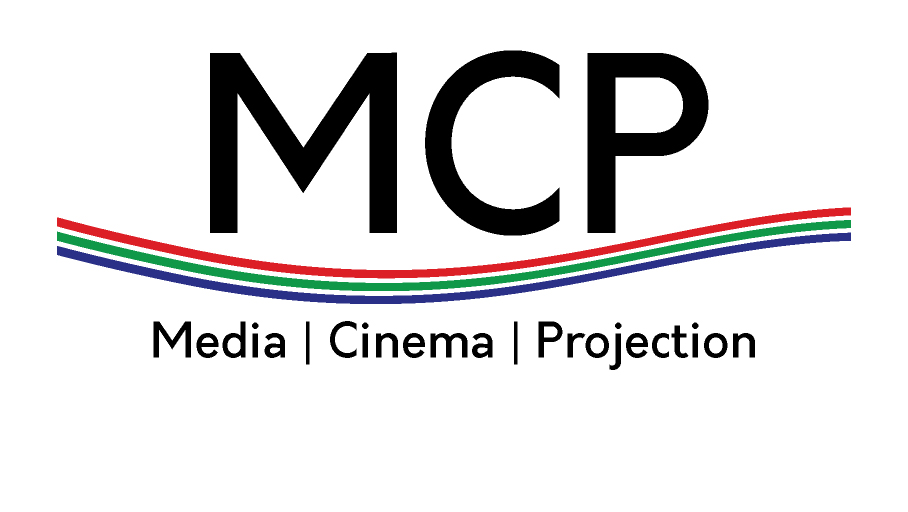If any period was game-changing in our business, it was the second decade of the 21st century.
Let’s start with the obvious.
We now shoot movies on stills cameras
Amazingly, it was only just before the start of the decade in 2008 that the Canon 5DMkII appeared – the first stills camera fully capable of shooting 1080 video. Since then we have seen the DSLR displaced by the rise of mirrorless video-capable stills cameras from Sony and Panasonic. ‘Video-capable’ is now a misnomer – the latest cameras are hybrids aimed equally at the video and stills markets.
For those on a low budget the appeal was immense. Your camera may cost the tenth of the price of a pro video camera, but it produces cinema-quality images! A vast range of high quality, mass-produced lenses become available to filmmakers at a fraction of the cost of movie-dedicated lenses. With this revolution, a generation of new filmmakers, moving from stills into video production brought with them a different set of expectations – why are standard video chips so small? Why this obsession with zoom lenses? Why can’t we shoot everything in RAW? What’s an XLR?
There was, of course, a downside to this revolution. Ergonomics took a big hit. Functions that had been taken for granted on professional video cameras for the last three decades – built-in NDs, two high quality audio inputs, usable monitoring, parfocal fast zoom lenses – were absent, and a cottage industry developed to add on accessories to make these cameras video practical. Many also discovered to what extent stills lenses are a big compromise in video terms.
The S35 size sensor became seen as small in the rush towards bigger sensors (more of that next). One of the consequences of this was a transformation in the way we make films – particularly for documentarians. The classic way of shooting with a single shoulder mounted camera and a long-range zoom lens became superseded by very different style – less spontaneous, more studied. Wider lenses, gimbals and multiple cameras became the norm. And sometimes only parts of faces would remain sharp as autofocus hunted desperately to find something to lock on to.
What has become apparent is DSLR/mirrorless cameras, rather than replacing traditional video cameras in the broadcast/hire markets, have created a market of their own – the owner/operator independent, for whom the conventional TV market is irrelevant.
Sensors got bigger, resolutions higher and HDR arrived
Younger readers may be surprised that it was only just before the beginning of this decade that shallow depth of field became seen as a positive attribute. There was a sudden awareness that this was a key element differentiating the ‘cinematic’ from the ‘video’.
Shallow DoF is seductive, it isolates subjects from the background, and has the consequent effect of making those parts of the frame that are in focus look sharper.
So the S35 sensor, a form that goes back to silent movie days, is seen as small in the move to full frame and larger. This, of course, brings issues of its own. Sometimes shallow DoF is a big pain rather than an asset, and lenses become bigger, heavier and more expensive.
Resolution is another matter. At the start of the decade, many pundits thought 4K would never catch on. Now 4K TVs are the norm, even if the vast majority of viewers don’t watch a 4K image on those screens. As for origination, I would guess (and it is only a guess) that the majority of filmmakers reading this shoot in 4K for final delivery in HD. Once you have tasted the option of re-framing in post without losing quality, it is hard to give it up, and there is good argument shooting in higher-than-delivery resolution gives better results anyway. So it looks like camera resolutions will continue to increase whereas, for domestic use, we may have hit a sweet spot with 4K.
HDR, which many believed was a more significant development than UHD arrived, but few consumers seem to understand it, with a mess of standards, a confusion of what programmes are actually in HDR and which are not, and sets labelled HDR which aren’t actually up to the job.
Cameras from familiar brands dominated the high and mid range
The beginning of the decade saw the launch of the Arri Alexa, the camera that dominated movie and high-end TV for most of the decade. Arriflex has an unrivalled history of producing fabulously reliable, versatile and well-engineered movie cameras. And when it entered the digital realm in 2005 with the D-20 and refined that technology with the Alexa five years later, it brought that history with it. Arriving slightly late at the digital cinema party, the Alexa avoided some of the teething problems that beset the first Red cameras. For DoPs and crews, the Alexa not only felt like an Arri, its pictures, to put it simply, looked more like film. No one, to my knowledge, complained about the picture quality of the Alexa but because its output was not fully 4K, the original Alexas were not compliant with Netflix requirements for 4K TV (a striking development in this decade – TV demanded higher technical standards than cinema). Arri subsequently overcame this with larger format cameras, but not before Red had become the go-to camera for Netflix production.
Source: RedShark News – The 2010’s was the decade where almost everything changed
